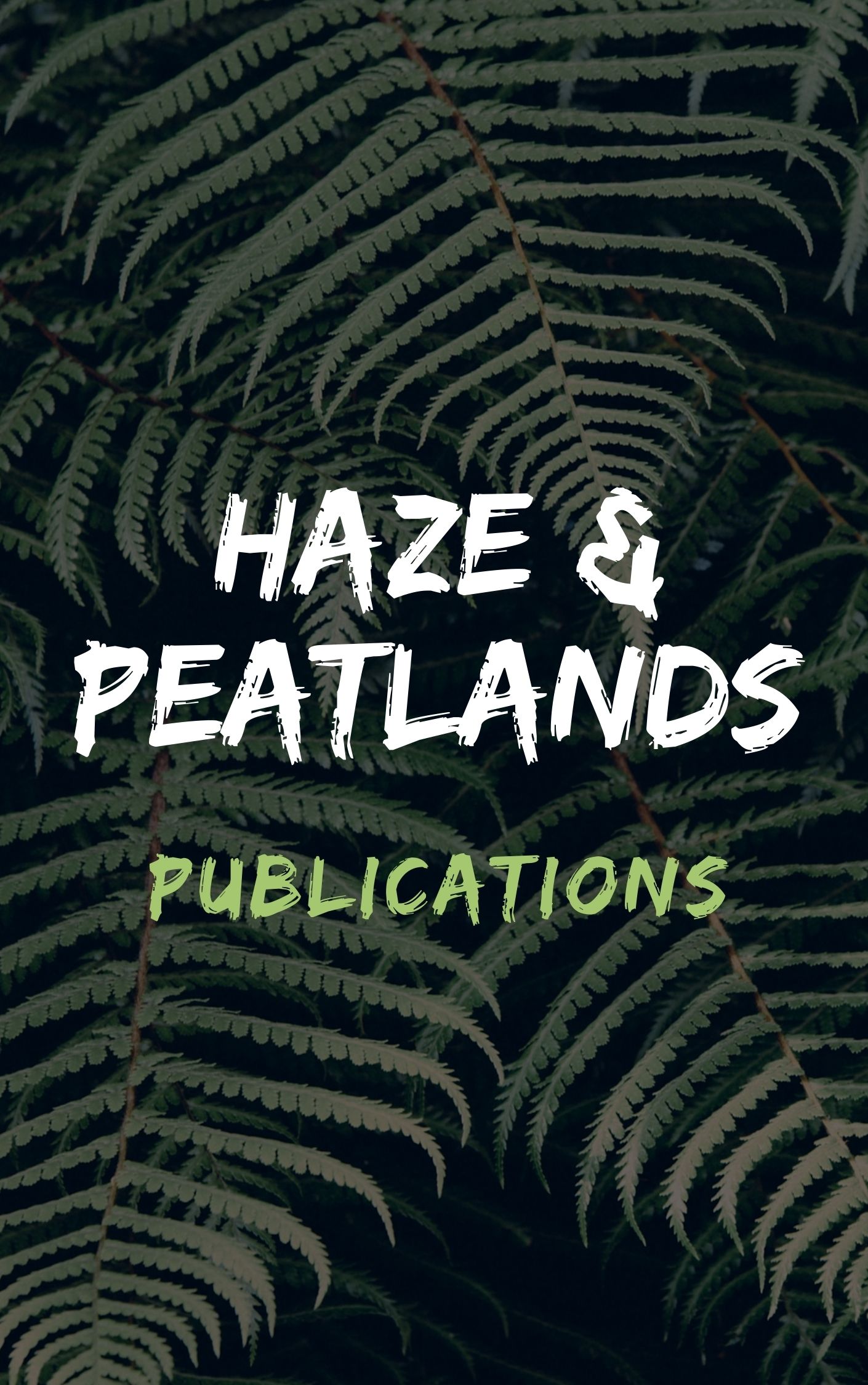AimThis paper presents a map of global fire vulnerability, estimating the potential damage of wildland fires to global ecosystems. LocationGlobal scale at 0.5 degrees grid resolution. MethodsThree vulnerability factors were considered: ecological richness and fragility, provision of ecosystem services and value of houses in the wildland-urban interface. Each of these factors was estimated from existing global databases. Ecological values were estimated from biodiversity relevance, conservation status and fragmentation based on Olson's ecoregions. The ecological regeneration delay was estimated from adaptation to fires and soil erosion potential. The former was assessed by comparing actual land cover with fire-off simulations based on a dynamic global vegetation model (ORCHIDEE). The annual loss of ecosystem services was estimated with values transferred from other studies and loss coefficients. This was integrated throughout time by considering the regeneration delay. Value of houses was estimated at country level according to the market prices of real-estate and land, the level of economic development and the population density. Economic and ecological evaluations were merged through cross-tabulation logic to obtain qualitative ranks of fire vulnerability. ResultsThe most vulnerable areas were found to be the rain forest of the Amazon Basin, Central Africa and Southeast Asia, the temperate forest of Europe, South America and north-east America, and the ecological corridors of Central America and Southeast Asia. The lowest vulnerability was observed in boreal regions, particularly those already affected by fires or having low biodiversity, agricultural regions of Australia, India, Latin America and Central Asia. Main conclusionsThis is the first attempt to produce a map of global fire vulnerability, based on a wide variety of factors related to the impacts of fire on ecological and socio-economic values. This product will help current efforts to model future scenarios of the impacts of biomass burning for different climate and land-use scenarios.
View source

